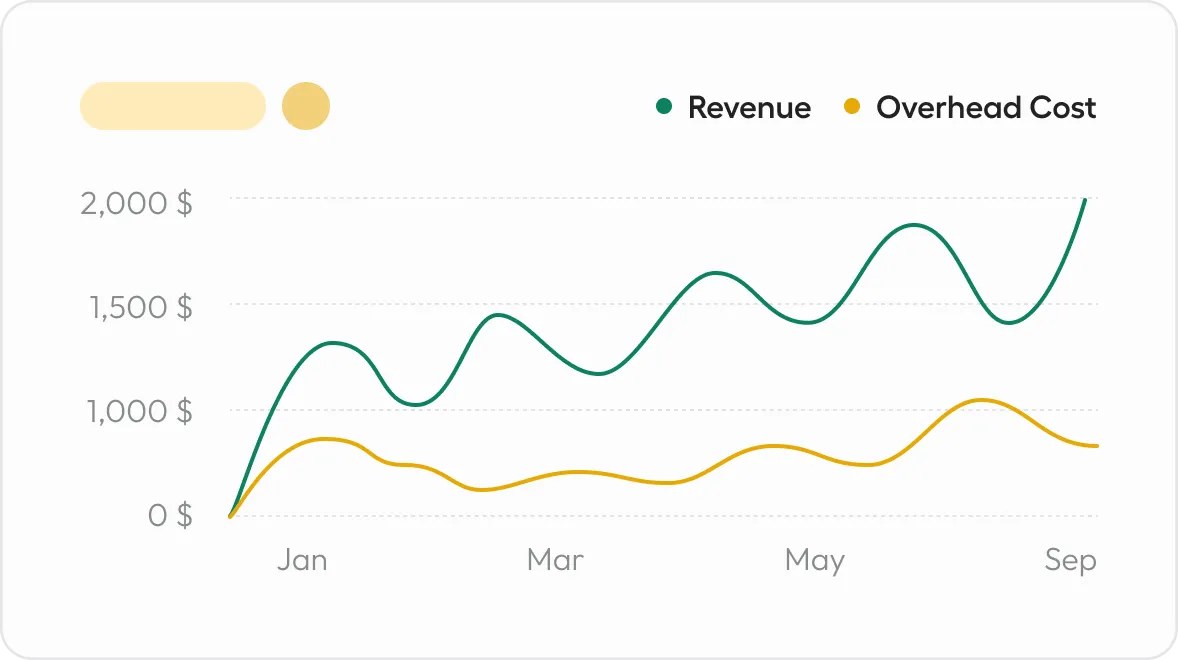Our Clients' Success Speaks for Itself.
Our clients consistently achieve remarkable lead growth and sales wins. Here are their stories in their own words.
How We Grow Your Pipeline
We minimize your sales team's manual workload so they can focus on closing deals. From managing deliverability to scaling messaging and targeting, we handle it all.






Target Based on AI and Intent
We identify prospects with clear buying intent using AI and multiple data points, including tech stack, industry, position, company size, revenue, and funding
Prospects That Turn Into Deals
We then entice your target audience to a point where they can’t say NO to a meeting with you – with AI-personalized emails that resonate with their current goals and pains.








More Deals With Less Overhead
We reduce your sales team’s manual workload. Enabling them to focus on what matters the most - closing more deals as we handle and scale your deliverability, messaging, and targeting.
Integrate Into Your Current Techstack
Responses and prospect info like company size, industry, and job title sync directly into your CRM. You can also opt-in for extra notifications on any communication channels you use.




Fueling Growth With Smart Technology
We partner with industry-leading platforms to help you automate, scale, and simplify your business operations - so you can focus on what matters most: growth.





















































































How Others are Leveraging Hypergen to Hit Their Revenue Goals
Check out the stories of some of our clients who have managed to scale their sales using our intent-based cold email.
Your Ideal Clients are 3 Steps Away From Your Inbox
Less than a month from onboarding to campaign launch.

01. Onboarding Call
Tell us what your product or service is about. What problem does it solve? How is it different than your competitors? What is your ideal customer profile?

02. Initial prep
In the next 14 days, we prepare your accounts, contact lists, and messaging for your approval.

03. Performance Check-ins
After your campaigns launch, we’ll meet weekly or bi-weekly to review what’s working, what’s not, to ensure we’re driving opportunities that will convert into revenue.
We Helped our Clients Book Meetings and Close Deals With More Than 25,000 Brands Including:








































































Get Your First Lead This Month
Less than a month to get started. 7 days to get your first lead on average.










.webp)
%201.svg)



